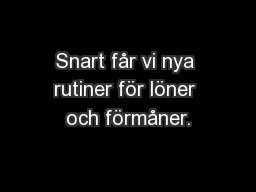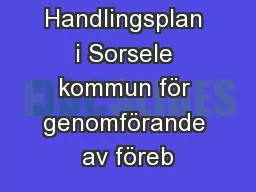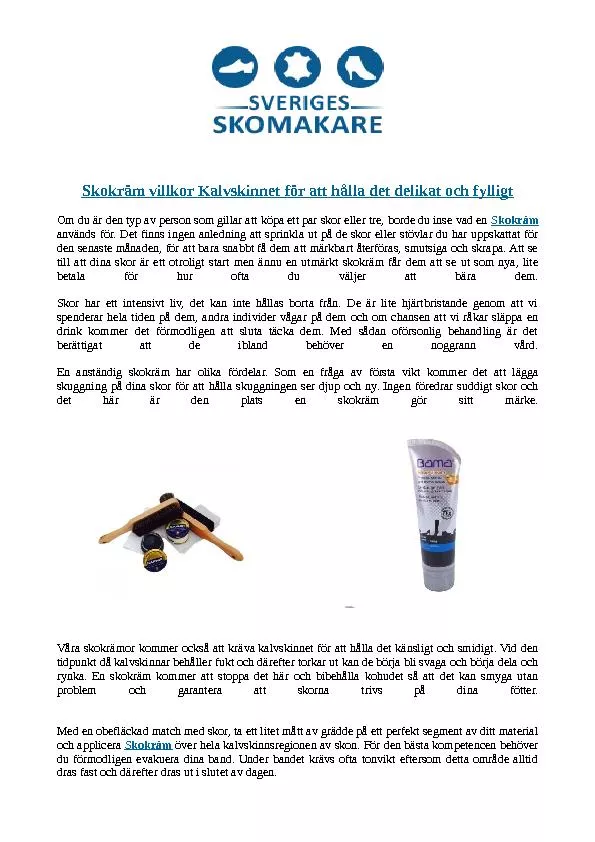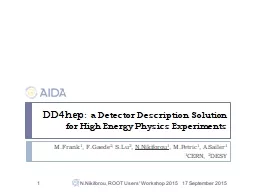PPT-R workshop for Advanced users
Author : celsa-spraggs | Published Date : 2017-01-14
Sohee Kang PhD Math and Stats Learning Centre amp Computer and Mathematical Sciences Subscripting Subscripting can be used to access and manipulate the elements
Presentation Embed Code
Download Presentation
Download Presentation The PPT/PDF document "R workshop for Advanced users" is the property of its rightful owner. Permission is granted to download and print the materials on this website for personal, non-commercial use only, and to display it on your personal computer provided you do not modify the materials and that you retain all copyright notices contained in the materials. By downloading content from our website, you accept the terms of this agreement.
R workshop for Advanced users: Transcript
Download Rules Of Document
"R workshop for Advanced users"The content belongs to its owner. You may download and print it for personal use, without modification, and keep all copyright notices. By downloading, you agree to these terms.
Related Documents














